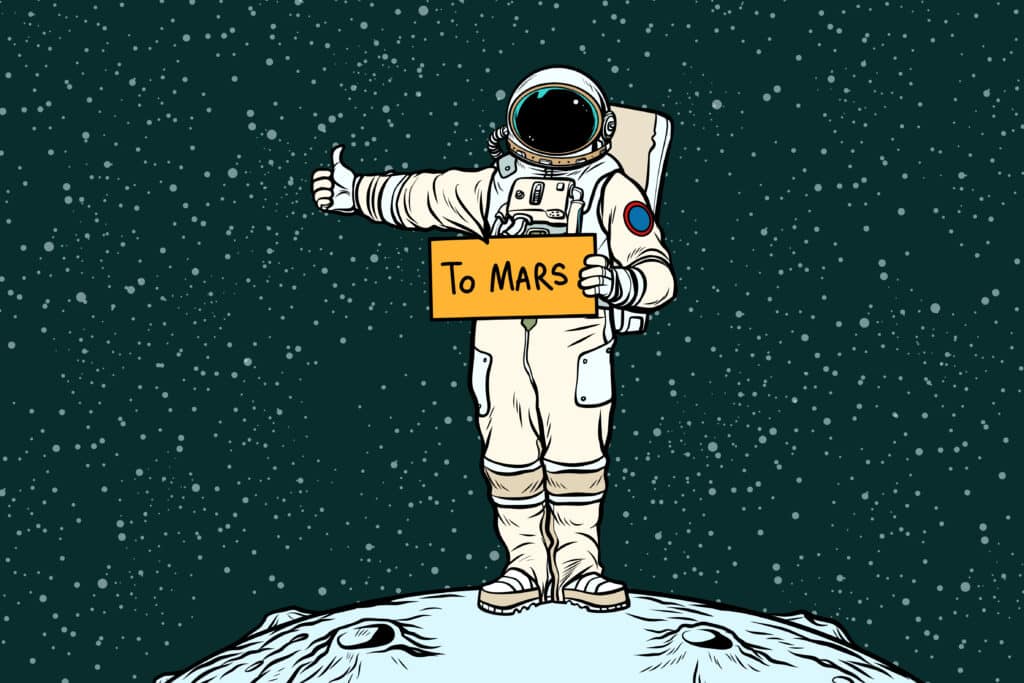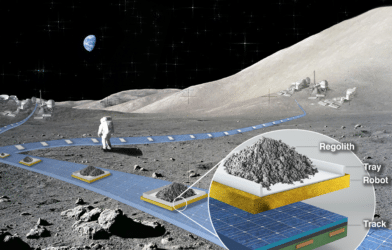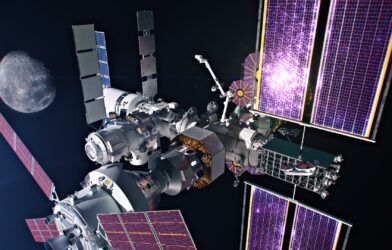Exercise required: taking a stroll on Mars isn’t exactly a walk in the park — yet. Medical doctors and scientists are teaming up to help address the human body and health regarding to space travel. How will humans be able to walk on planets that don’t have Earth’s gravity?
Don’t forget your coat and hat, too. Mars is chilly and its gravity is less than Earth. While the idea is fun to think of bouncing your way distances only sprint runners on Earth could cover in as much time, scientists and doctors say exercise is a must and requires a little conditioning.
A team of space medicine experts at Australian National University (ANU) is spearheading this address of health and wellness. The ANU team simulated the very effects of prolonged space travel and arrival on a planet like Mars. Dr. Lex van Loon, a Research Fellow at ANU Medical School, says there are multiple risks with space travel. The primary concerns include prolonged exposure to microgravity (the space travel itself) and radiation exposure from the Sun’s powerful rays.
He says that, predictably, the longevity of the travel will have adverse effects on humans.
“We know it takes about six to seven months to travel to Mars and this could cause the structure of your blood vessels or the strength of your heart to change due to the weightlessness experienced as a result of zero gravity space travel,” he says in a statement. “With the rise of commercial space flight agencies like SpaceX and Blue Origin, there’s more room for rich but not necessarily healthy people to go into space, so we want to use mathematical models to predict whether someone is fit to fly to Mars.”
Astrophysicist and emergency medicine registrar Dr. Emma Tucker says that prolonged exposure to microgravity will induce a general shift in body functions. She notes that the heart will become more accustomed to the weightlessness we experience and thus will become weaker compared to a heart on Earth.
Blood and fluids on a gravitational surface will flow mostly from the bottom up, with this reversal the heart will pump less and the fluids will retain more in one’s upper areas.
“When you’re on Earth, gravity is pulling fluid to the bottom half of our body, which is why some people find their legs begin to swell up toward the end of the day. But when you go into space that gravitational pull disappears, which means the fluid shifts to the top half of your body and that triggers a response that fools the body into thinking there’s too much fluid,” Dr. Tucker explains. “As a result, you start going to the toilet a lot, you start getting rid of extra fluid, you don’t feel thirsty and you don’t drink as much, which means you become dehydrated in space.
“This is why you might see astronauts on the news faint when they step foot on Earth again,” he continues. “This is quite a common occurrence as a result of space travel, and the longer you’re in space the more likely you are to collapse when you return to gravity. The purpose of our model is to predict, with great accuracy, whether an astronaut can safely arrive on Mars without fainting. We believe it’s possible.”
Eat your bowl of space Cheerios and you may find yourself in a heart-healthy place to potentially be the next stellar globe trotter.
The study is published in the journal Microgravity.












